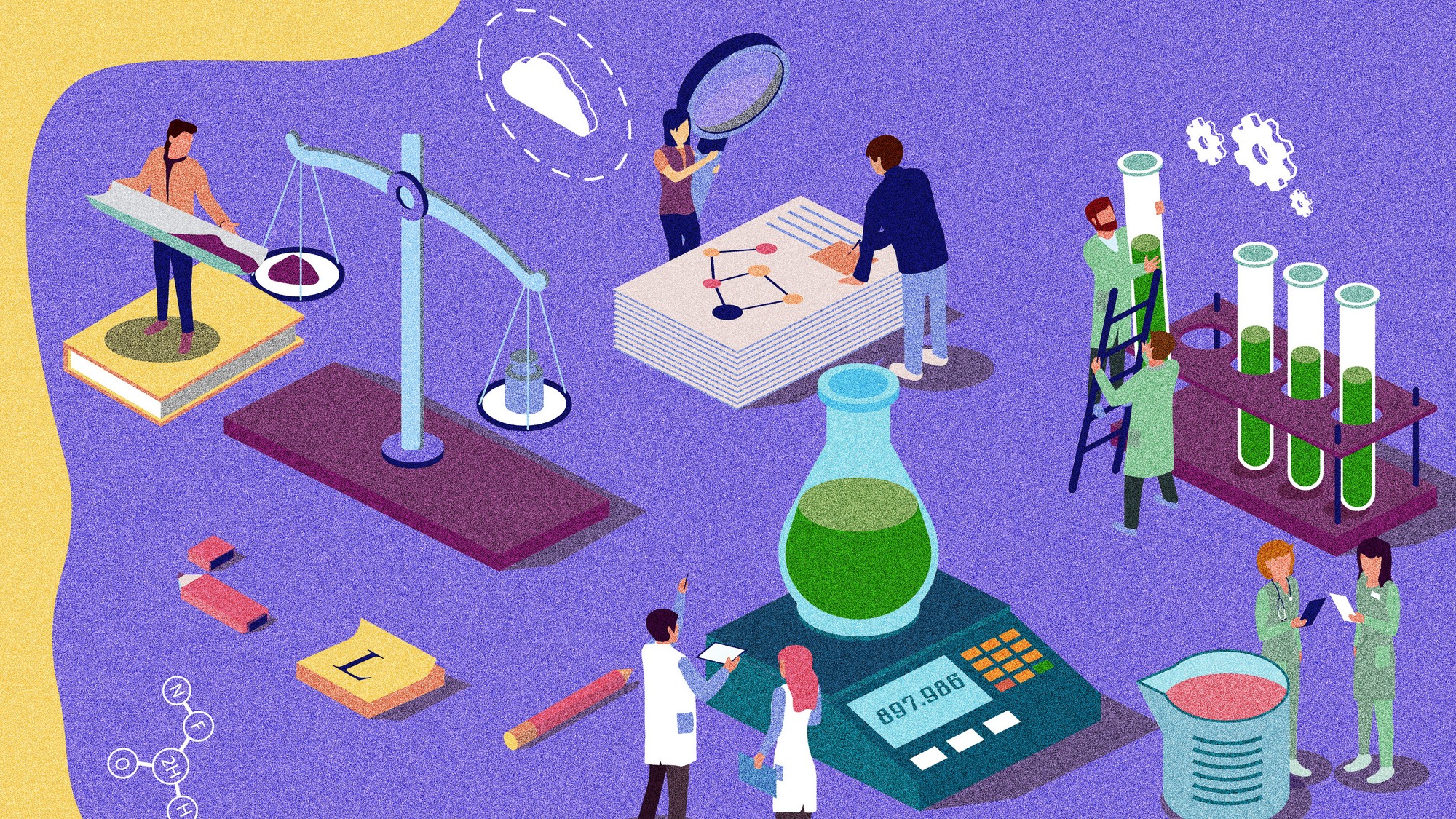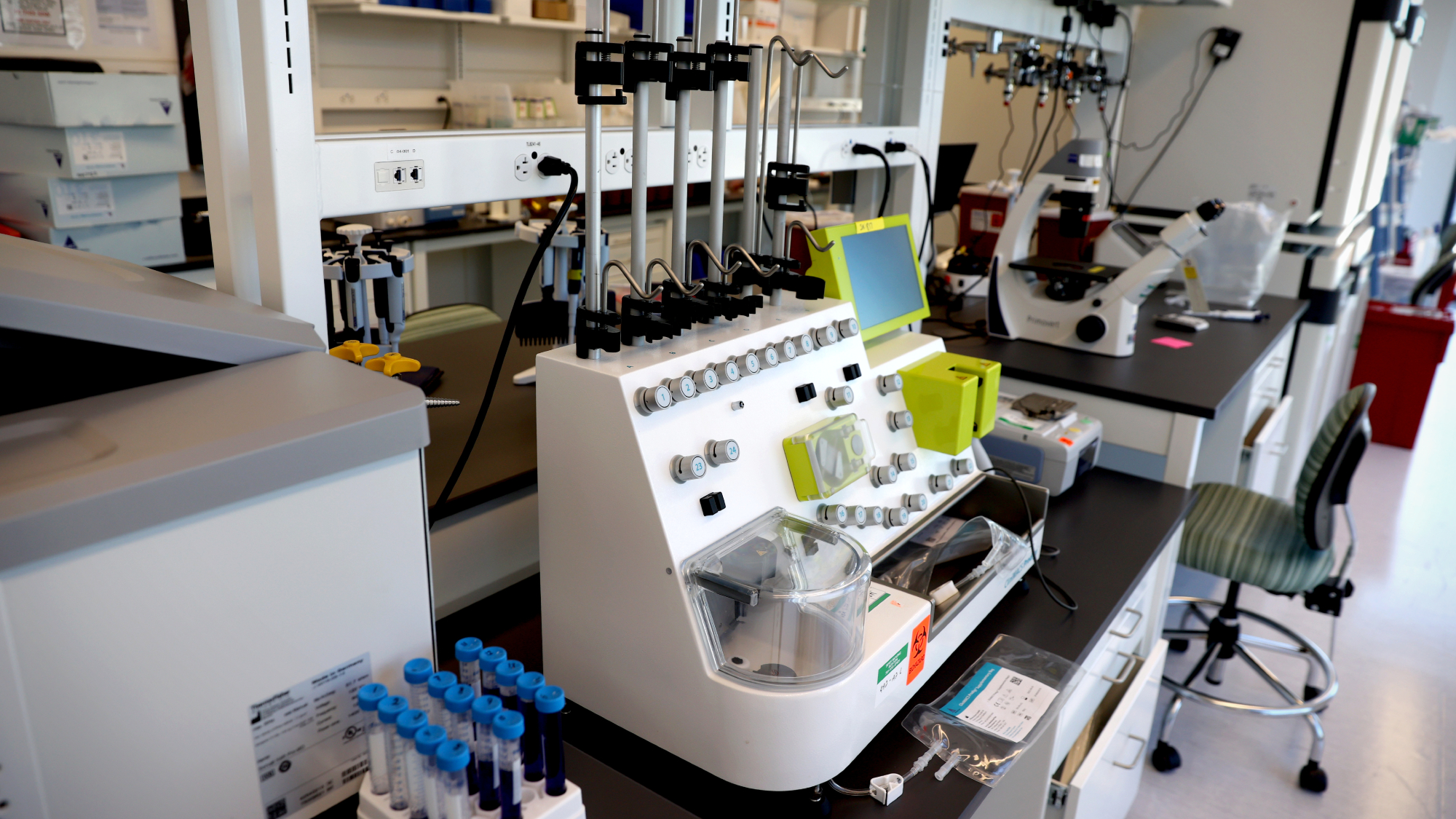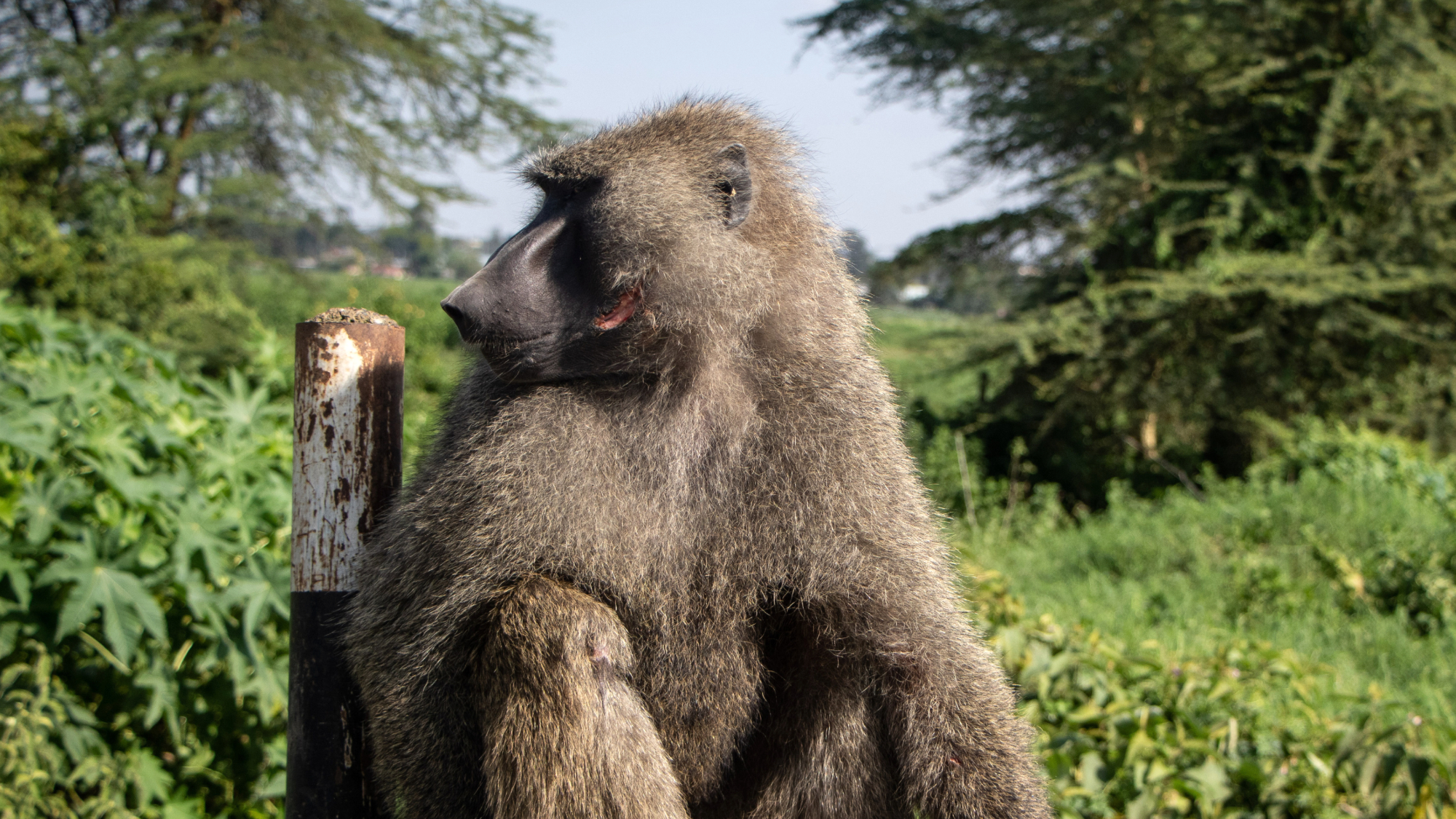Health & Science
The cicadas are coming; Solar power lifts off; Sandy’s sewage dump; Meditation’s genetic impact
The cicadas are coming
Billions of cicadas with sex on their minds are about to emerge from underground hiding places from North Carolina to Connecticut. “It’s going to be shovel loads of cicadas,” says John Cooley, a University of Connecticut entomologist. During this once-every-17-year event, in fact, the bugs with bulging red eyes will outnumber humans in affected states by at least 600 to one. Periodic cicadas—which emerge to mate and lay their eggs once every 13 or 17 years—live only in eastern North America and make up 15 broods, each on a different schedule in a unique location. This wave of invaders comes from Brood II, whose parents popped above the ground in 1996. The cicada nymphs they conceived that year burrowed underground and have lived out of sight, feeding on tree roots, ever since. This year, when the soil temperature reaches exactly 64 degrees, they will dig out, climb into trees, and start buzzing to attract a mate at lawnmower-like volumes that can reach 90 decibels. Over four to six weeks, cicadas find a mate, lay their eggs, and then die, and then their offspring tunnel underground—not to be seen again until 2030. The life cycle of periodic cicadas may have evolved in part to confuse or overwhelm birds and other predators, who can’t possibly eat a majority of the billions of insects that appear at the same time. How the insects keep track of their time underground, though, is a complete mystery. “It’s just an amazing accomplishment,” University of Illinois entomologist May Berenbaum tells the Associated Press. “How can anyone not be impressed?’’
Solar power lifts off
The Week
Escape your echo chamber. Get the facts behind the news, plus analysis from multiple perspectives.

Sign up for The Week's Free Newsletters
From our morning news briefing to a weekly Good News Newsletter, get the best of The Week delivered directly to your inbox.
From our morning news briefing to a weekly Good News Newsletter, get the best of The Week delivered directly to your inbox.
The first solar-powered airplane capable of flying day and night without stopping has completed the first leg of a cross-country tour from California to New York, landing safely in Arizona. The Swiss-built plane, called Solar Impulse, has electric motors that run entirely on solar power. Its wings—wider than a 747’s—are covered with 12,000 silicon solar cells that stockpile power in batteries weighing 800 pounds, which is a substantial portion of the plane’s ultralight weight of 3,500 pounds. To keep its body light, Solar Impulse can carry only a single passenger, so its pilots have to land periodically to rest; the plane itself never needs to pause to refuel. The plane’s maximum speed is just 40 mph, and it usually cruises along at about 30 mph for optimum efficiency. An around-the-world trip is planned for 2015. For now, the plane is not practical for transporting passengers or cargo, but serves as a demonstration of the potential of solar energy to power all kinds of vehicles, Solar Impulse pilot Bertrand Piccard tells The Washington Post. “The people who criticize Solar Impulse,” he says “are like those who looked at the Wright Brothers and said, ‘This has no future.’”
Sandy’s sewage dump
No one paid much attention at the time because of all the other damage, but Hurricane Sandy caused a massive sewage spill into the waterways of New York and New Jersey. The storm flooded wastewater treatment plants, sending more than 10 billion gallons of raw and partly treated sewage into the streets, rivers, canals, and bays, a new study has found. The amount of sewage that went directly into these waterways was enough to bury Central Park under 41 feet of sludge. “Our sewage infrastructure isn’t designed to handle this type of storm surge,” researcher Alyson Kenward tells The New York Times. If such storms become more frequent due to climate change, she says, it could have serious public health and environmental consequences. Currents and tides washed most of the gunk out to sea in a matter of days or weeks, though experts say it’s too soon to tell whether the spill created any lingering effect.
Meditation’s genetic impact
A free daily email with the biggest news stories of the day – and the best features from TheWeek.com
Plenty of research has proved that meditation and yoga can lower blood pressure, improve mood, counter stress, and benefit your mental and physical health. Now a new study has shown for the first time that these ancient centering practices can actually affect your genes, turning beneficial ones on and harmful ones off. Researchers analyzed the genes of 26 volunteers who were unfamiliar with meditation, and then taught them a 10 to 20 minute meditation routine that involved rhythmic breathing, chanting, and focusing the mind. After the volunteers meditated twice a day for eight weeks, researchers found that the practice had activated genes that make cells more efficient at metabolizing energy and that protect telomeres, the caps at the end of chromosomes that help protect DNA from damage caused by aging. The practice also appeared to deactivate genes related to chronic inflammation, a risk factor for many diseases, including heart disease and cancer. Meditation is “not New Age nonsense,’’ study author Herbert Benson of Massachusetts General Hospital tells New Scientist. “These effects are quite powerful in how they change your gene activity.’’
-
 Political cartoons for December 14
Political cartoons for December 14Cartoons Sunday's political cartoons include a new White House flag, Venezuela negotiations, and more
-
 Heavenly spectacle in the wilds of Canada
Heavenly spectacle in the wilds of CanadaThe Week Recommends ‘Mind-bending’ outpost for spotting animals – and the northern lights
-
 Facial recognition: a revolution in policing
Facial recognition: a revolution in policingTalking Point All 43 police forces in England and Wales are set to be granted access, with those against calling for increasing safeguards on the technology
-
 5 recent breakthroughs in biology
5 recent breakthroughs in biologyIn depth From ancient bacteria, to modern cures, to future research
-
 Bacteria can turn plastic waste into a painkiller
Bacteria can turn plastic waste into a painkillerUnder the radar The process could be a solution to plastic pollution
-
 Scientists want to regrow human limbs. Salamanders could lead the way.
Scientists want to regrow human limbs. Salamanders could lead the way.Under the radar Humans may already have the genetic mechanism necessary
-
 Is the world losing scientific innovation?
Is the world losing scientific innovation?Today's big question New research seems to be less exciting
-
 Breakthrough gene-editing treatment saves baby
Breakthrough gene-editing treatment saves babyspeed read KJ Muldoon was healed from a rare genetic condition
-
 Humans heal much slower than other mammals
Humans heal much slower than other mammalsSpeed Read Slower healing may have been an evolutionary trade-off when we shed fur for sweat glands
-
 Scientists map miles of wiring in mouse brain
Scientists map miles of wiring in mouse brainSpeed Read Researchers have created the 'largest and most detailed wiring diagram of a mammalian brain to date,' said Nature
-
 Scientists genetically revive extinct 'dire wolves'
Scientists genetically revive extinct 'dire wolves'Speed Read A 'de-extinction' company has revived the species made popular by HBO's 'Game of Thrones'